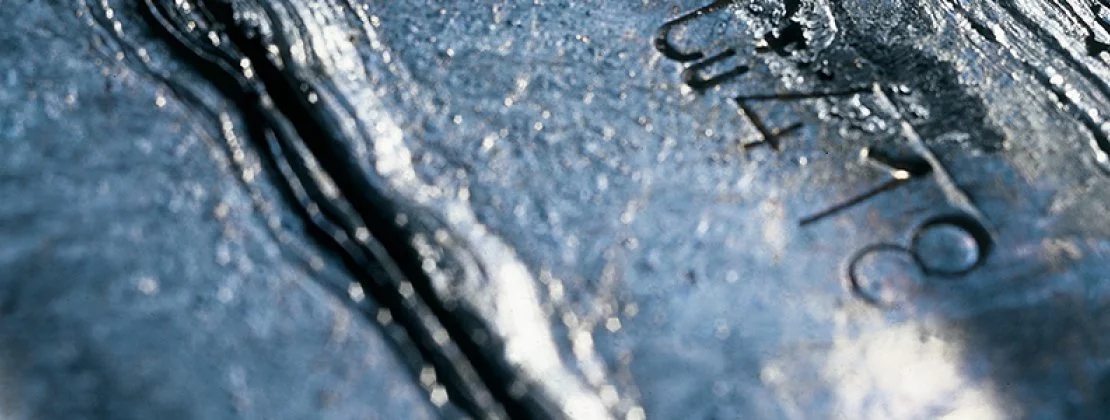Lead
- Antimony
- Arsenic
- Bismuth
- Cerium
- Cobalt
- Copper
- Gallium
- Gold
- Germanium
- Indium
- iridium
- lanthanum
- Lead
- Lithium
- manganese
- Molybdenum
- neodymium
- Nickel
- Palladium
- Platinum
- Praseodymium
- Rhodium
- ruthenium
- selenium
- silver
- tantalum
- tellurium
- tin
- Tungsten
Let's help you!
- Swarna Aditya Bullion and Commodities Resources Private Limited Plot No 75, Sector -4 Industrial Estate IMT Manesar GURGAON 122051
- +911244084919
- info@swarnaadittyabullion.com

Overview
Lead ores abound in nature and the metal is very easy to recover and shape, which explains the evidence of its use since the ancient times.
Lead was used for standard weights and coins, as writing tablets, and in paints. The Greeks mined lead in Laurion in 500 BC and the Romans made extensive use of it in kitchen utensils and water pipes, which led to saturnism, or lead poisoning. It has been estimated that, at the height of the Empire, the Romans were producing some 80,000 tonnes of lead per year. The Romans knew it under its Latin name of plumbum, hence the metal’s symbol Pb.
Properties
- A bluish-grey metal, the softest of the common metals.
- Being very malleable and ductile, it can be cut with a knife.
- When freshly cut the metal is shiny, but it grows dull rapidly in air as a result of surface oxidation.
- Lead is very easy to roll, but cannot be drawn into thin wire because of its low tensile strength.
- Lead has a very low melting point of 327°C
Applications
- By far the most important application of lead is in batteries or lead-acid accumulators, in which lead is present in the two electrodes. The anode, or negative electrode, is made of a lead grid, whereas the cathode, or positive electrode, is made of the oxide PbO2; the electrolyte is sulphuric acid.
- Lead shot is made from lead alloyed with antimony and arsenic.
- Lead is used as an anti-knock additive in gasoline in the form of tetraethyl lead Pb(C2H5)4. Nowadays, this application accounts for only 1% of world consumption; a few decades ago its share of the lead market was still as high as 20%.
- The building industry uses lead sheets and Terne plate (a steel sheet coated with a Pb– 15 to 20 % Sn alloy) as a roofing material.
- Lead sheet (as Cu-alloyed Pb) is also used in the chemical industry as an anti-acid lining, e.g. in the so-called 'lead chambers' process of sulphuric acid production.
- Also used in crystal glass and in special glasses of the flint type with a high refraction index for achromatic lenses.
- Lead is a component of some solders, and is also used in soundproofing and radiation protection.
Recycling
Lead has always been extensively recycled but, following the significant decline in its applications, recycled lead nowadays is obtained almost exclusively from end-of-life lead acid batteries. The metal recovered is returned to the manufacturers of these batteries.

